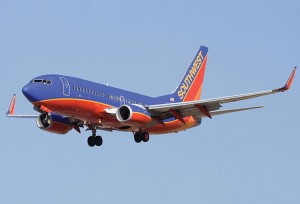There’s never been a better time to visit Los Cabos
By Ashley Alvarado

Is it safe?” Whether you’re a frequent visitor to México or a first-timer, it’s a question you’ve likely heard. News reports and prime-time plotlines are filled with stories about the cartel-related violence that has affected border towns and some mainland México states. But, while the violence is real and tragic, it’s important to understand its geographical limitations.
The United States Department of State regularly issues and updates travel warnings to certain countries, including México. In its most recent update, dated January 9, 2014, the State Department provides a state-by-state assessment and does warn against travel to certain states, including Coahuila, Durango, and Michoacán. While it suggests exercising caution when traveling near the U.S.-México border city of Tijuana, the report goes on to say there is no travel advisory in effect for Baja California Sur, the state that is home to Cabo San Lucas and San José del Cabo, collectively known as Los Cabos.
There is no need for one.

In fact, there’s never been a better time to visit Los Cabos. For proof, just look at the droves of tourists—including high-profile celebrities and dignitaries like Barack Obama—who are returning to Los Cabos or visiting for the first time. As of early 2014, the Baja California Sur Tourism Board reported an 8.5 percent bump in visitors over 2013, and representatives have said they expect to break a new record. Just this past summer, Southwest Airlines began flying its own planes to the international airport in Los Cabos. (These routes were previously flown by its subsidiary, AirTan.) Southern Baja is regularly selected as the site of major events, including the 2012 G-20 Summit, the annual Los Cabos International Film Festival, and the Ford Ironman Los Cabos.
The most recent available crime statistics reveal the state boasts the fifth-lowest crime rate in México. And the local, state, and federal governments—along with local business associations—are collaboratively working to keep things that way. Visitors can expect to see a specially trained, bilingual tourist police force stationed throughout Los Cabos. There are military checkpoints up and down the Baja 1 highway, and boats entering and exiting the Los Cabos marinas are also regularly inspected.

So, now it’s time to sit back, relax, and start enjoying your Los Cabos vacation.



